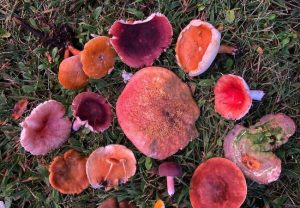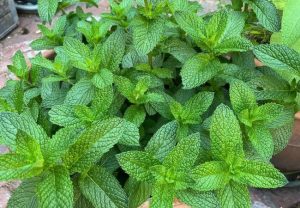Discover the captivating world of red mushroom with our comprehensive guide. Explore identification tips, edibility, habitats and responsible foraging practices for a safe and enriching mushroom hunting experience.
The vibrant and versatile world of red mushroom has long held a special place in the hearts and minds of nature enthusiasts, chefs and foragers alike. Among the diverse array of fungi, red mushrooms stand out as striking and intriguing specimens, often captivating the imagination with their bold hues and unique forms. In this comprehensive guide, we delve into the fascinating realm of red mushroom exploration, providing valuable insights, identification tips and responsible foraging practices to ensure a safe and rewarding mushroom hunting experience.
Below is an information chart for Amanita muscaria:
| Attribute | Details |
|---|---|
| Botanical Name | Amanita muscaria |
| Common Name | Fly Agaric, Fly Amanita |
| Plant Family | Amanitaceae |
| Habitat | Temperate and boreal forests, often under birch, pine, or spruce trees |
| Cap | Bright red with white warts, 5-20 cm in diameter |
| Gills | Free, white |
| Stipe (Stem) | White, with a ring and bulbous base, 5-20 cm tall |
| Spore Print | White |
| Edibility | Toxic; contains psychoactive compounds |
| Toxicity | Contains ibotenic acid and muscimol, which can cause nausea, hallucinations, and other symptoms if ingested |
| Special Features | Iconic fairy tale appearance, used in traditional shamanic rituals |
Understanding Mushroom Basics
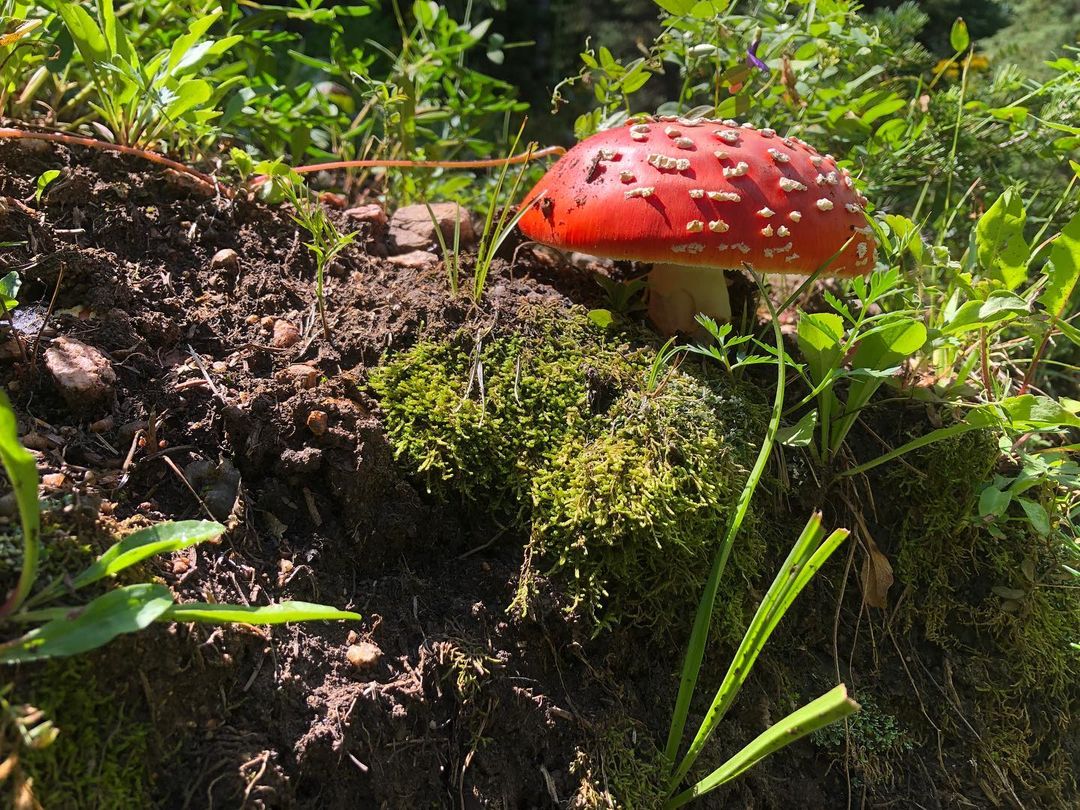 Mushroom
Mushroom
Before embarking on your red mushroom exploration, it’s essential to grasp the fundamentals of mushroom biology and ecology. Mushrooms are the fruiting bodies of fungi, which are distinct from plants and belong to their own kingdom. These incredible organisms play crucial roles in ecosystems, acting as decomposers and forming symbiotic relationships with trees and other plants.
Mushrooms come in a vast array of shapes, sizes and colors, each species possessing unique characteristics. While some mushrooms are edible and highly prized for their culinary value, others can be poisonous or cause adverse reactions. It’s crucial to approach mushroom foraging with caution and a deep understanding of the species you encounter.
Identifying Red Mushrooms
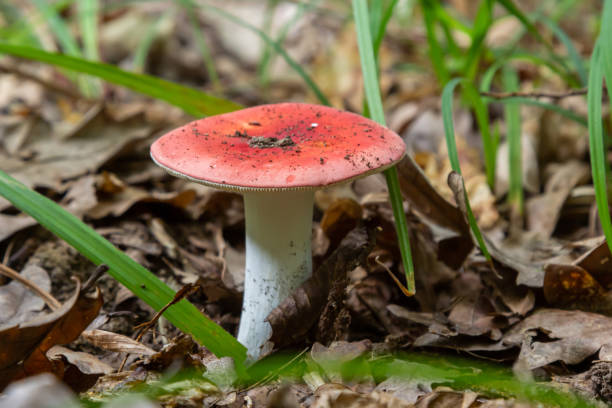
When it comes to red mushrooms, there are several species to be aware of, each with its own distinctive features and properties. Here are some of the most commonly encountered red mushrooms:
Amanita muscaria (Fly Agaric)
This iconic mushroom is easily recognizable by its bright red cap adorned with white warts. While it’s considered toxic and should not be consumed, it has been used for various purposes throughout history, including in cultural practices and traditional medicines.
Russula emetica (The Sickener)
This mushroom’s name accurately reflects its potential to cause gastrointestinal distress if consumed. It features a deep red cap and white stem, often found in coniferous forests.
Lactarius rubriviridis (Bleeding Milk Mushroom)
As its name suggests, this mushroom exudes a reddish-brown “bleeding” liquid when its gills or stem are cut or damaged. It’s considered edible but can cause gastrointestinal issues for some individuals.
Hygrophoropsis aurantiaca (False Chanterelle)
This vibrant orange-red mushroom is often mistaken for the prized chanterelle, but it’s considered inedible and can cause gastrointestinal discomfort if consumed.
Regardless of the species, it’s essential to exercise extreme caution when foraging for red mushrooms. Always consult experienced mycologists or mushroom experts for proper identification before consuming any wild mushrooms.
Edibility and Culinary Uses

\While many red mushrooms are considered inedible or even poisonous, there are a few species that can be safely consumed and have found their way into various culinary traditions. However, it’s crucial to exercise caution and only consume mushrooms that have been properly identified by a qualified expert.
One edible red mushroom worth mentioning is the Russula xerampelina, also known as the Shrimp Russula. This mushroom has a reddish-orange cap and a mild, slightly fruity flavor. It’s often used in soups, stews, and sautéed dishes, adding a pop of color and flavor to various culinary preparations.
It’s important to note that even edible mushrooms should be cooked thoroughly before consumption, as some species can cause digestive issues if consumed raw.
Habitats and Foraging Tips
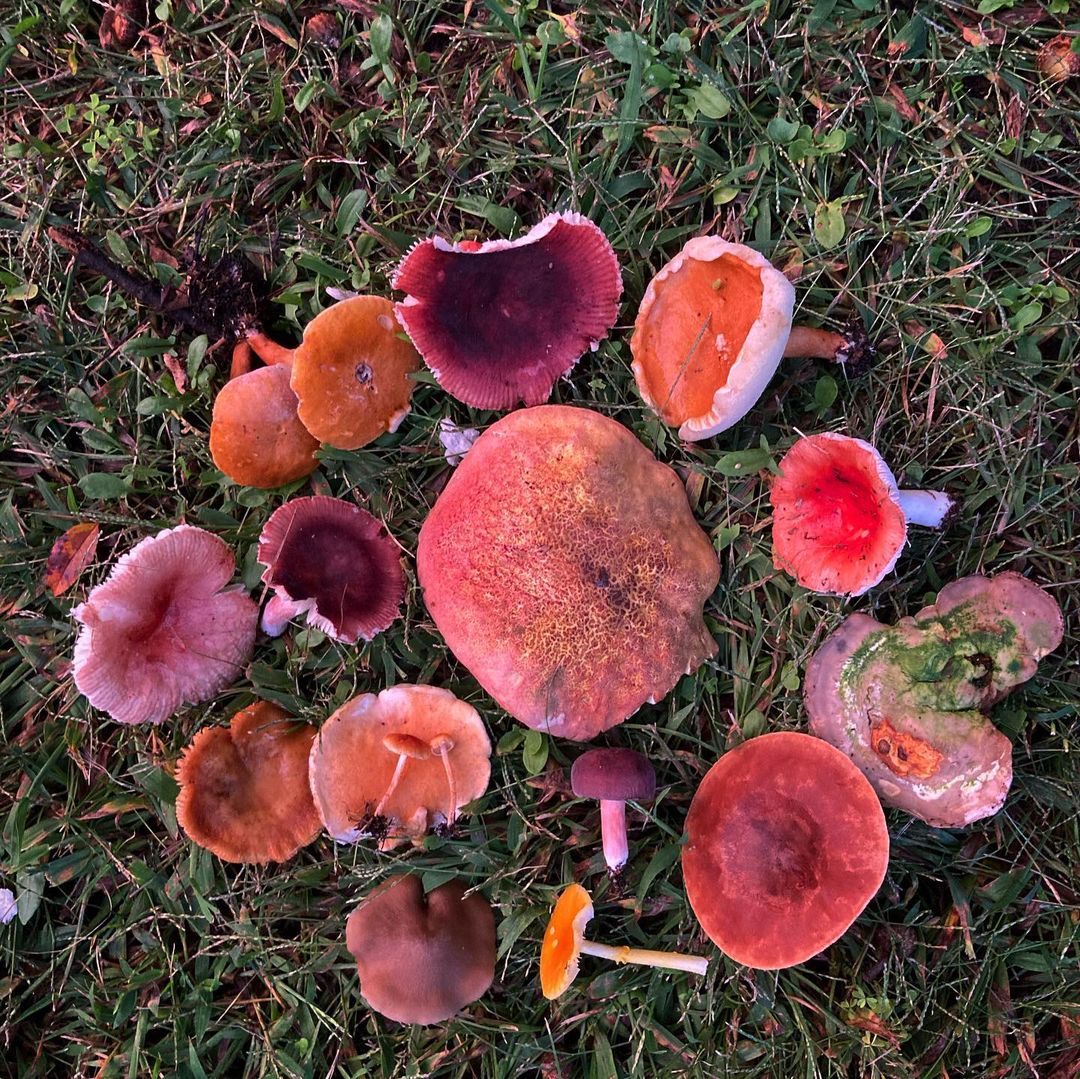
Red mushrooms can be found in a variety of habitats, from deciduous and coniferous forests to grasslands and even urban areas. Understanding the preferred habitats of specific species can greatly enhance your chances of successful mushroom foraging.
When venturing into the great outdoors in search of red mushrooms, it’s essential to follow responsible foraging practices:
Obtain necessary permits
Some areas may require permits or licenses for mushroom foraging, so be sure to familiarize yourself with local regulations.
Respect private property
Always obtain permission from landowners before foraging on private lands.
Practice sustainable harvesting
Never over-harvest or damage the surrounding environment. Leave some mushrooms behind to allow for spore dispersal and future growth.
Bring the right tools
Invest in a good mushroom knife, a basket or breathable bag for collecting, and a field guide or identification app for reference.
Observe and learn
Take note of the mushroom’s habitat, associated plants, and other identifying features to aid in proper identification.
Conservation and Responsible Foraging
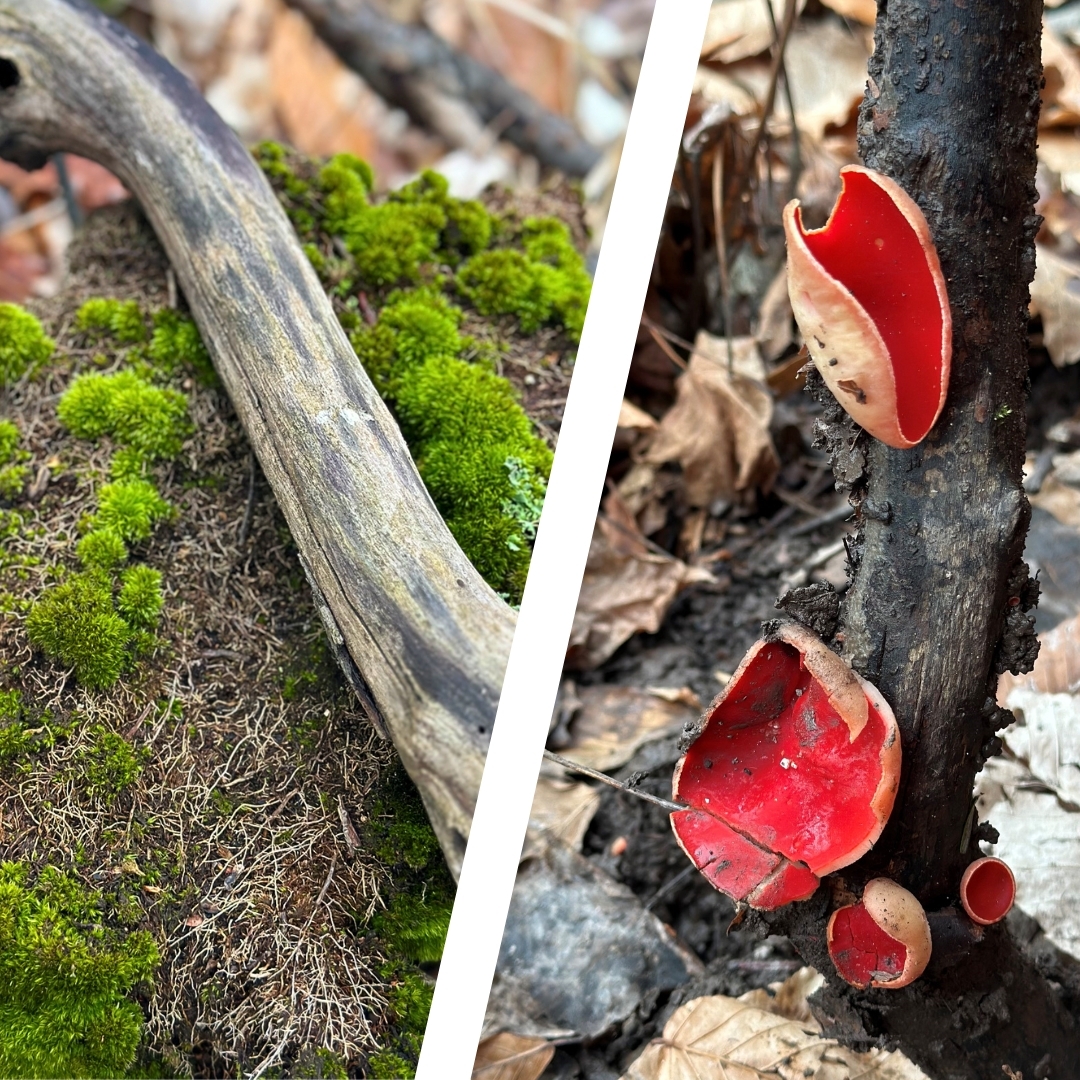
As with any outdoor activity, it’s crucial to prioritize conservation and responsible foraging practices when exploring red mushrooms. These organisms play vital roles in their ecosystems, and their populations can be impacted by overharvesting, habitat destruction, and other environmental factors.When foraging for red mushrooms, it’s essential to leave some specimens behind to ensure the continuation of the species and to avoid disturbing sensitive areas or damaging the surrounding vegetation. Additionally, it’s important to familiarize yourself with local regulations and obtain the necessary permits or licenses, if required.
By practicing responsible foraging and respecting the natural habitats of red mushrooms, we can ensure that these fascinating fungi continue to thrive and enrich our natural landscapes for generations to come.
Red mushroom exploration offers a captivating journey into the vibrant and diverse world of fungi. From identifying different species and understanding their edibility to exploring their habitats and practicing responsible foraging, this comprehensive guide provides a solid foundation for embarking on a safe and rewarding mushroom hunting experience.Remember, while the allure of red mushrooms can be irresistible, it’s crucial to prioritize safety and exercise caution throughout your explorations. Always seek guidance from experienced mycologists or mushroom experts, respect the natural environment, and follow responsible foraging practices.
With patience, knowledge, and a deep appreciation for nature’s wonders, you can unlock the secrets of red mushrooms and embark on a thrilling and rewarding journey through the enchanting world of fungi.
